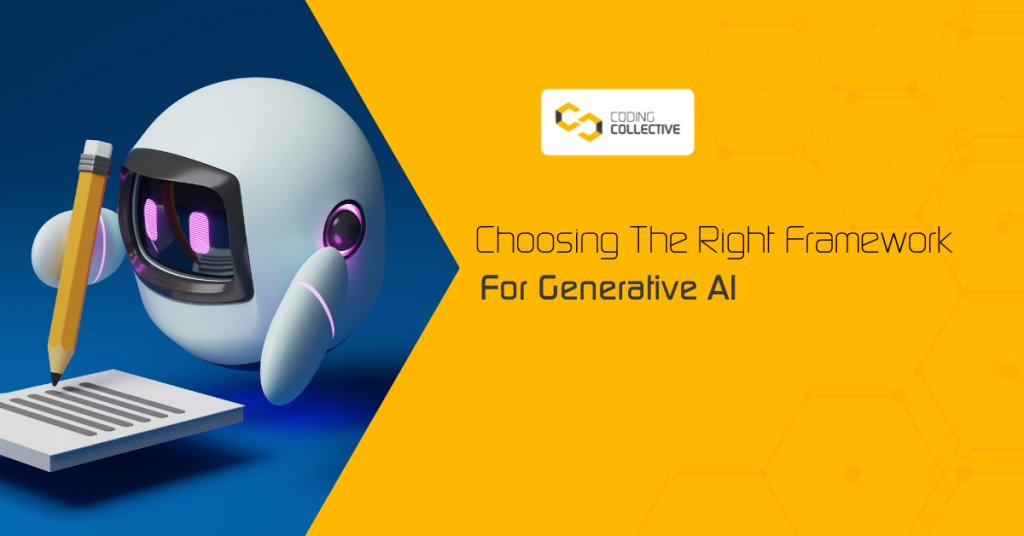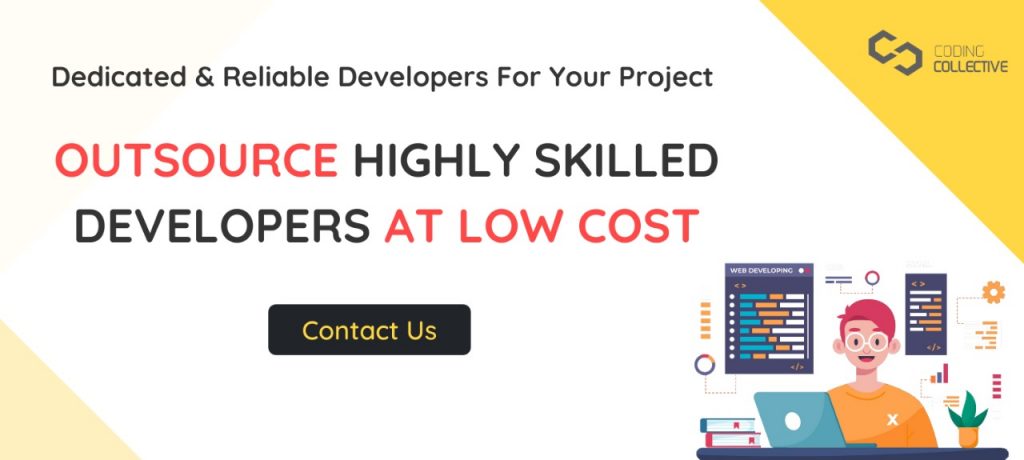
Lately, Generative AI has been taking the world by storm and there has been a lot of talk about it. Starting from implications of various LLMs such as Open AI’s chat gpt which is now being used extensively for code generation, content, and other uses. Generative Artificial Intelligence (AI) has rapidly transformed how we approach creativity, innovation, and problem-solving. From generating realistic images to composing music, the power of generative AI is awe-inspiring. However, harnessing this potential requires a robust framework that aligns with your project’s goals and technical requirements.
Understanding Generative AI Frameworks
Generative AI frameworks enable developers and researchers to build, train, and deploy generative models efficiently. These frameworks come with pre-built components, algorithms, and libraries that simplify creating AI systems capable of generating new content, be it text, images, music, or other forms of data.
Consider Your Project’s Scope And Complexity
The first step in choosing the right framework for generative AI is to assess your project’s scope and complexity. Are you aiming to generate text-based content, such as natural language or code? Or are you delving into the realm of visual arts, generating images, videos, or even architectural designs? Different frameworks excel in different domains, so it’s crucial to match your project’s requirements with the framework’s strengths.
For text generation, GPT-3 and its successors are a popular choice due to their impressive language understanding and generation capabilities. On the other hand, if your focus is on image generation, StyleGAN and its variations might be better suited to your needs.
Ease Of Use And Learning Curve
Generative AI frameworks vary in terms of user-friendliness and ease of adoption. Some frameworks come with comprehensive documentation, tutorials, and a strong community, making them suitable for beginners. Others might require a deeper understanding of machine learning concepts and programming skills.
Consider how quickly you need to get your project up and running. If you’re a beginner, frameworks like TensorFlow and PyTorch offer a wealth of resources and support. More experienced developers might explore more specialized frameworks like OpenAI’s CLIP, which merges vision and language understanding.
Performance And Speed
When it comes to generative AI, performance and speed can significantly impact the user experience. Real-time applications, such as video game development or interactive installations, demand frameworks that can generate content swiftly without compromising quality.
For real-time applications, TensorFlow’s efficient GPU support and ONNX (Open Neural Network Exchange) compatibility might be advantageous. On the other hand, if you’re targeting high-quality image synthesis, the progressive training of models in StyleGAN 2 can provide impressive results.
Customization And Flexibility
No two generative AI projects are exactly alike, and the ability to customize and fine-tune models is often crucial. Some frameworks allow you to modify pre-trained models to suit your project’s unique requirements. Others offer more flexibility in terms of model architecture and hyperparameter tuning.
If customization is a priority, consider frameworks like PyTorch, which provide greater control over model design and training. Alternatively, Hugging Face’s Transformers library offers a range of pre-trained models and tools for fine-tuning, making it an excellent choice for text-generation tasks.
Scalability And Deployment
Scalability is a key consideration, especially if you plan to deploy your generative AI models for widespread use. Frameworks that enable easy deployment to cloud platforms or edge devices can save significant time and effort.
TensorFlow Serving and TensorFlow Lite offer seamless deployment options for a variety of applications. If you’re looking to deploy AI models in web applications, technologies like WebAssembly and ONNX.js can be integrated with frameworks like TensorFlow or PyTorch.
Choosing the right framework for generative AI is a pivotal decision that can significantly impact the success of your project. By carefully considering factors such as project scope, ease of use, performance, customization, and deployment, you can make an informed choice that aligns with your goals and technical requirements. As the field of generative AI continues to evolve, staying up to date with the latest frameworks and advancements will ensure you’re equipped to push the boundaries of creativity and innovation.

